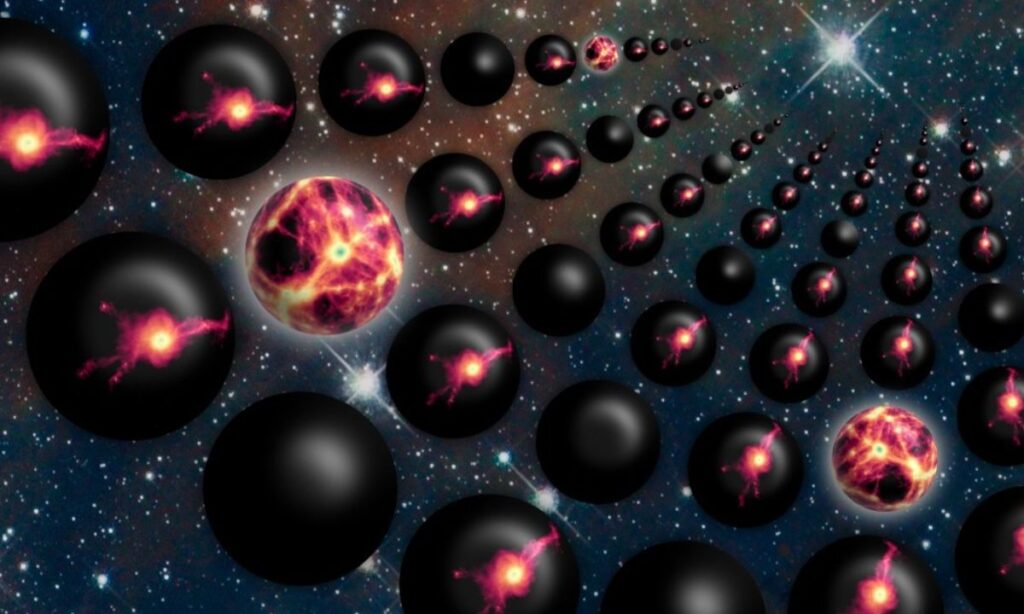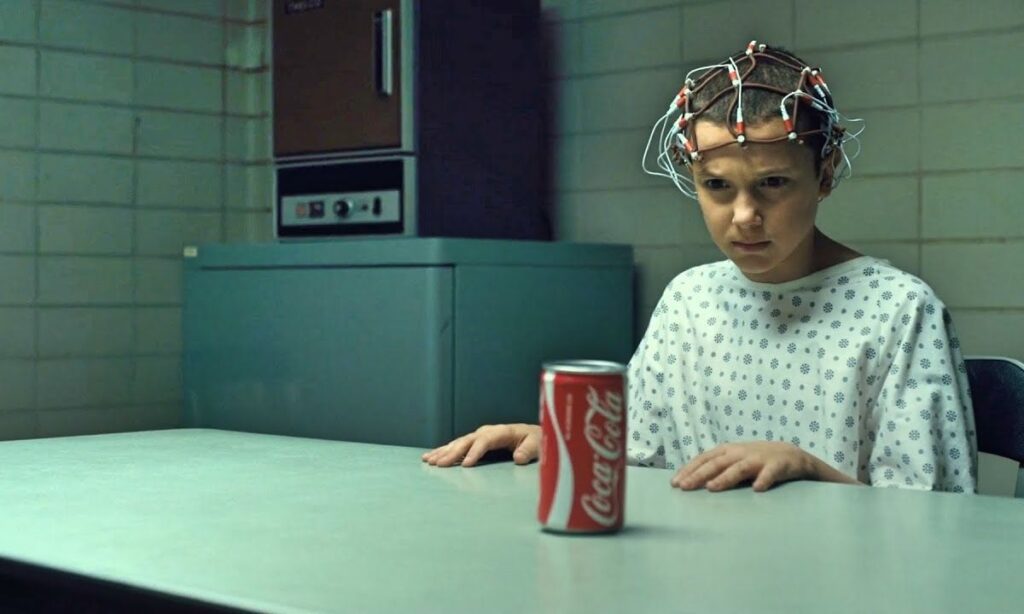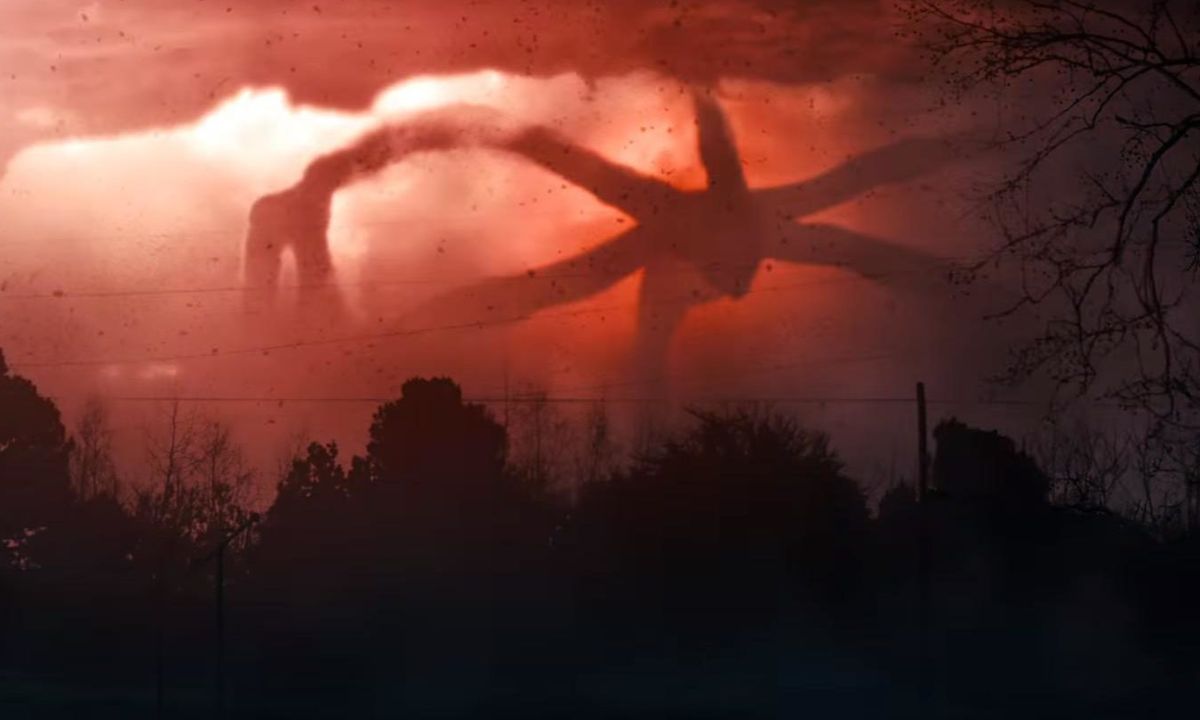Table of Contents
What got us pretty hooked to the Stranger Things world is its own parallel world – the upside down. From alternate dimensions to psychic powers, there’s legit science hiding under the horror.
When we started reading more about this eerie place, we uncovered so many mythical concepts, connections, what’s real, what’s theory, and what’s total sci-fi magic.

What exactly is the Upside Down in Stranger Things?
The Upside Down is a dark, decaying mirror of Hawkins, Indiana. It looks like our world—but haunted. Time doesn’t move. Creatures lurk. The air is filled with particles, and everything feels… wrong.
But what is it really? A parallel dimension? A psychic projection? A broken timeline?
Fans and scientists alike have theories. Let’s dive into the real science that might explain this eerie world.

Let’s explore some possible theories behind Stranger Things and its upside down.
Also read: What’s the fate of Upside Down going to be
The Upside Down as a parallel dimension: Sci-fi or real science?
Science has long flirted with the idea of multiple universes. Here are the big theories that relate:
Could Upside down be a parallel universe?

- Multiverse theory – Our universe might be one of many. Each could have different laws of physics or histories.
- String theory dimensions – In this theory, there are extra hidden dimensions all around us. We just can’t access them.
- Quantum tunneling – Particles can “jump” between places in ways that seem impossible.
The Duffer Brothers were inspired by real science headlines and classic sci-fi. They took these theories and asked: What if a kid opened a door to one of those hidden worlds?
Mind control, psychic powers, and brainwave experiments
El’s powers aren’t just supernatural—they’re based on real science experiments.

- Telekinesis – Moving objects with the mind. Studied in fringe science labs.
- Remote viewing – The ability to “see” things from far away. A real military project.
- Sensory deprivation + brainwaves – El accesses other realms through water tanks and calm states. That’s how real altered states are studied.
The science here is exaggerated—but not made up.
Portals, gateways, and the science of tearing space-time
When Eleven opens the gate, she doesn’t know she’s bending the laws of reality. But in real life, could a person or machine do something similar?
- Wormholes – A theoretical tunnel connecting two points in space-time. They could act like shortcuts—or gateways.
- Einstein-Rosen bridges – The science-y name for wormholes. Pure theory, but not pure fantasy.
- CERN and black hole fears – Some people feared particle accelerators like CERN might accidentally open rifts. (They didn’t.)
The idea of Einstein-Rosen bridges—named after Albert Einstein and Nathan Rosen—describes a theoretical tunnel through space-time. Most of us know it by its cooler nickname: a wormhole.
It’s a shortcut connecting two distant points in the universe.
Think of it as a bridge folding space—so instead of traveling across, you go through.
The math behind it is real. The actual wormhole and matter passing through the path? Still unproven.
In the show, trauma + power = portal. That’s fiction. But the idea of tearing through space-time? Very real theory.
Is the Upside Down alive? The biology of Stranger Things
The Upside Down isn’t just a place. It acts more like a living organism.
- The vines connect everything, like veins or nerves.
- It reacts to movement and pain.
- The Mind Flayer controls it like a brain.
This mirrors a real-life system: mycelium networks. These underground fungal webs connect trees and “communicate.” It’s a forest-wide internet. The Upside Down feels like one giant, toxic version.
Other possible inspirations:
- Cordyceps – A fungus that takes over insect brains.
- Toxoplasma – A parasite that changes animal behavior.
Both creepy. Both real.
Even great scientists and scholars have commented about life in this upside down universe.
Marcelo Gleiser, a professor of physics and astronomy at Dartmouth College, commented on the Upside Down's biology, noting its resemblance to invasive fungal organisms. He stated:
"It has a fungal element to it, and it is invasive. For us, it looks like a very bad takeover by a fungus."
Source: http://cmu.edu/
Time freeze theory – Upside Down is stuck in 1983
One of the show’s biggest mysteries: Why is the Upside Down frozen in the past?
In Season 4, Nancy sees that the Upside Down version of her house hasn’t been updated since November 6, 1983—the day Will disappeared.
Here are possible theories to prove why Upside down is stuck in 1983:
- Time loop – The dimension split off and froze at that exact moment.
- Psychic imprint – El’s powers “printed” the world as it was then.
- Time dilation – Like in black holes, time might pass differently inside.
Whatever the cause, it suggests the Upside Down is broken—trapped in its own static moment.
Is the Upside Down based on real conspiracy theories?
The entire premise of Stranger Things pulls from real-world paranoia.
- MK-Ultra – A real CIA experiment that tested mind control, drugs, and psychic abilities. This is the basis for El’s backstory.
- The Montauk Project – Rumored secret experiments in Long Island involving time travel and alternate realities. The original title for the show was Montauk.
The Upside Down feels scary because it echoes real rumors about what powerful people might be doing behind closed doors.
Could the Upside Down really exist? Opinions from experts
Some scientists have actually commented on Stranger Things:
- Physicists say wormholes and parallel dimensions are possible, but there’s zero evidence of real ones.
- Biologists agree that the hive-mind system feels eerily like fungi or coral.
- Psychologists say the trauma-based access to powers is symbolic, not realistic—but fascinating.
Conclusion? The show uses just enough real science to make it feel possible.
Fan theories: decoding color and pattern symbolism
| Color/Pattern | Symbolism & Meaning | Example |
| Blue | Calm or suppression | Hospital gowns, lab uniforms |
| Dual-color outfits | Emotional conflict or transformation | El’s evolving looks, Will’s layered clothing |
| Dustin’s graphic tees | Joy, curiosity, comic relief | Every season highlight |
| Hopper’s aloha shirts | Escapism, emotional deflection | Season 3 summer look |
| Red | Rage, strength | Max’s outfits, El’s blood, the Upside Down |
Design is science. Every color has meaning.
To conclude: upside down is as real as it is portrayed
Stranger Things is scary because it’s not that far from reality. The Upside Down blends real theories with emotional storytelling. You’re not just afraid of the monsters—you’re afraid it might all be possible.
So next time you rewatch, pay attention. The vines, the colors, the sounds. Because beneath the fiction lies a question:
What if the real world is just one layer… of something deeper? Want more like this? Share this with your Hawkins crew. Or drop a comment: What theory do you believe about the Upside Down? Let’s get weird.
